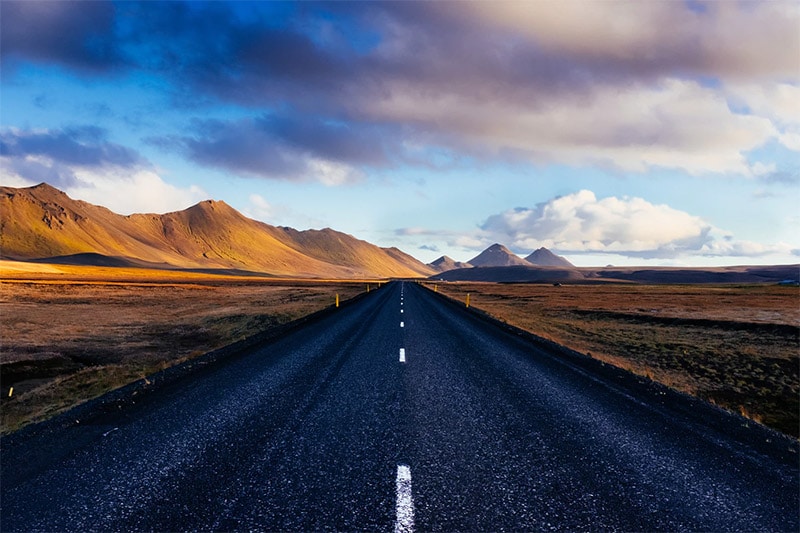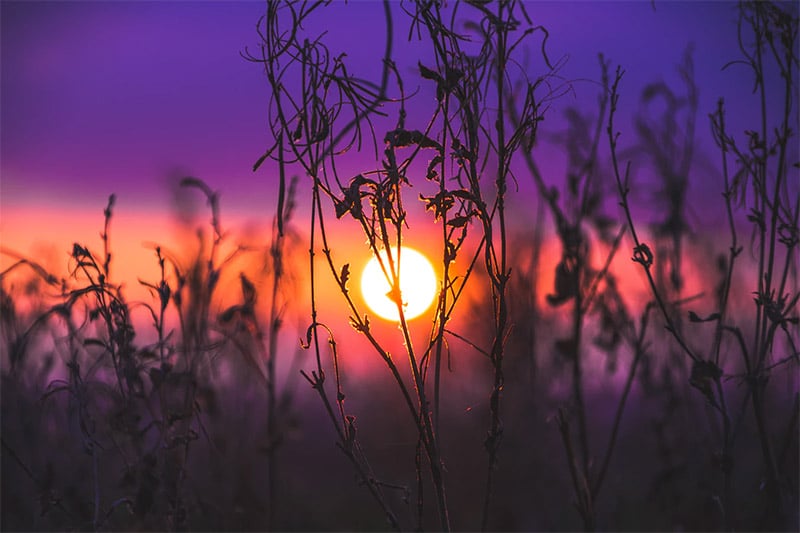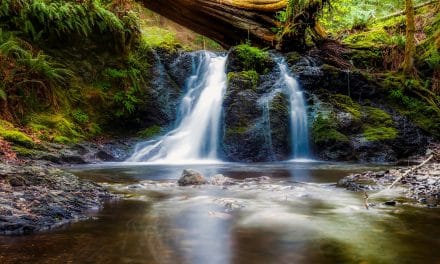Taking a road trip can be a great way to have fun, regardless of whether you’re traveling by yourself, with friends, or with family. Photography may be the main purpose of your trip, or the trip may be more about having time with people who are close to you. Either way, you can come home with some beautiful photos if you keep these tips in mind.
1. Prioritize
What is the purpose of your trip? Are you going on the road trip specifically for the purpose of photography? Is it a family vacation and you’re just hoping to get some good photos to remember the trip?
It’s important to recognize your priorities. If you’re traveling with family, photography is probably not your main priority, and that’s ok. The priorities of your trip will determine how you plan and how you spend your time.
2. Plan Ahead
With your priorities in mind, plan your trip ahead of time. If photography is just something you are hoping to do along the way, your destinations and timing will probably be dictated by things other than what’s ideal for your photography. But if photography is the main goal of the trip, you should plan to be at the right places at the right time. Think especially about sunsets and sunrises, and try to be at the most important locations along your journey at the times of the day that are likely to produce the best lighting for photos.
We have many destination guides that can help you with planning your road trip.
3. Be Flexible
Although planning ahead is important, you’ll also want to leave some room for flexibility. A big part of the appeal of a roadtrip is that you’ll come across some things that are unexpected. Allow yourself the flexibility to see and pursue the things that interest you along the way.
One of the main reasons to take a road trip is that you’ll have a lot more control over your schedule when you’re traveling by car. If you’re traveling by plane, you’ll need to be at the airport at a specific time. Your flight will arrive at your destination at a certain time (and delays are outside of your control). With a road trip, you have much more flexibility. Embrace that flexibility.
4. Enjoy the Journey
Don’t plan your schedule so tight that you have to rush from one location to the next. Plan it so that you can take your time and enjoy the journey. If you see something interesting, pull over and photograph it. This could include scenic views along the road, attractions and points of interest that you weren’t aware of, or anything else that you come across. A road trip is all about the journey, so be sure to enjoy it.
5. Take the Scenic Route
If you want to get the best photos from your road trip, be sure to take some scenic roads. In general, Interstates and other major highways will not provide the best views and photo opportunities. Other roads may be slower to drive, but you’ll have more photo opportunities along the way.
Many areas have roads that are well known as being scenic drives. With a little bit of research prior to the trip, you can find the most scenic roads and plan out your path accordingly. You could even choose your trip specifically to drive along the most scenic roads. If you’re looking for some ideas, see my article on 10 of the Most Scenic Drives in the U.S. for Landscape Photographers.
6. Always Be Ready
Always have your camera somewhere accessible, because you never know when you’ll come across a good photo opportunity. Don’t pack up your gear and head from one major point of interest to the next without looking for photo opportunities along the way.
7. Have the Right Gear with You
Another benefit of a road trip, as compared to traveling by plane, is that you’ll probably be able to bring more with you. You may not need everything at each stop, but throughout the course of your trip you’ll probably use several different lenses, filters, a tripod, and other gear.
Here are a few items that you definitely what to remember to take along on your road trip:
- Extra batteries. You’ll probably take a lot of photos, and that means you’ll use up batteries pretty quickly.
- Battery charger. A charger with a car adapter is ideal, so you can be charging your batteries right from the car. But if you’re staying in hotels, you can also charge batteries overnight.
- Extra memory cards. When you’re taking a lot of photos, memory cards fill up quickly. Be sure to have enough storage for your trip.
- Backup storage. You should be backing up your photos as you go, so if one of your memory cards fails, you’re not losing those photos. Have an external drive or some other way of storing the photos each day of your trip.
8. Include the Road in Your Shots
Some of the best photos from a road trip are the ones that actually include or showcase the road in the photo. In many cases, these photos are taken on quiet roads that have no traffic and are surrounded by a vast or beautiful landscape. It could be a desert road with wide open surroundings, a road with mountains in the distance, or a road through the forest. Keep an eye for interesting scenes and be willing to stop and take a photo when you see something that catches your attention.
If you are photographing from the road, be sure to use caution and don’t take any risks. Don’t photograph from the road around curves or anywhere else where drivers wouldn’t be able to easily see you.
→ Related reading: 9 Safety Tips for Landscape and Nature Photographers
9. Start Early
Sunrise is possibly the best time of the day for landscape photography, so if your goal is to get great photos, be sure to start your day early and take advantage of the sunrise. This might mean that you need to plan be at a certain place overnight so you can easily get into position for sunrise. Or it may involve stopping and photographing along the road when the lighting conditions are just right.
Keep these tips in mind and I’m sure your road trips will produce plenty of great photos.
Photo License Link: Unsplash License

















a list of the contents in that photo would be great. Seems I have most of those thing, but it gets cumbersome to take all that on a trip with all the other stuff you need.